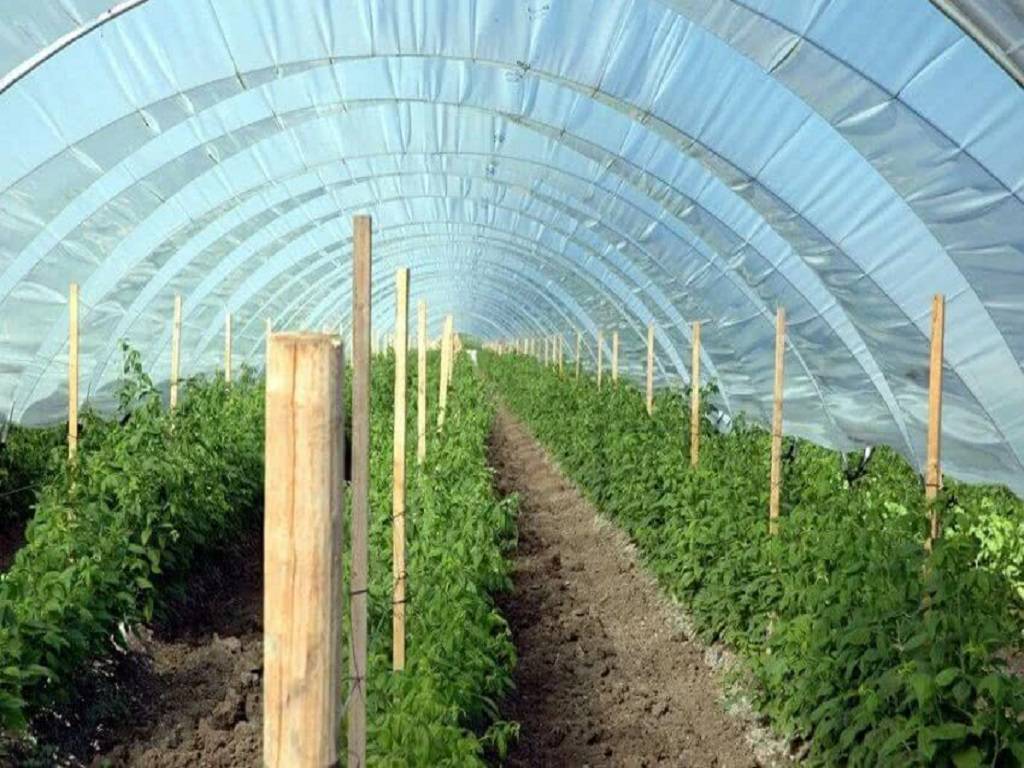
Polyhouse farming has gained a large number of fans. It may have started slowly, but its popularity has skyrocketed. With this farming method, a farmer can make a lot of money. However, only a few people are aware of what this agricultural practice entails.
What is polyhouse farming?
A greenhouse, often known as a polyhouse, is a building or house made of polyethylene. This translucent glass-like substance allows plants to thrive and flourish in controlled environmental conditions. Depending on your needs, the size of your structure might range from large structures to little shacks.
This glass greenhouse has warm interiors when exposed to sunbeams because the house helps to keep greenhouse gases from escaping. As a result, while it is freezing outside, plants benefit from a warm survival-friendly environment. The polyhouse farming approach shields crops from a variety of external conditions that might cause significant damage. Here are some of the advantages.
A Profitable Farming Approach
Polyhouse farming is an outstanding example of precision farming. Crop harvest quality is good due to optimal resource usage. Commercial producers in India use this agricultural approach to produce cut flowers, fruits, and vegetables.
Grow Wide range of Crops
Polyhouse farming allows you to cultivate a wide range of crops. Strawberries, papayas, and other fruits are among them. Tomatoes, spinach, onion, coriander, chilies, cauliflower, radish, capsicum, bitter gourd, and cabbage are just a few of the vegetables that may be grown with this farming method. The nicest thing about polyhouse farming is that you may grow flowers such as roses, orchids, marigolds, gerberas, and carnations.
Grow high-quality Crops
When purchasing food, a consumer always searches for quality in the market. When someone finds high-quality goods, they immediately pay for them. You don't have to worry about demand when you give top-notch quality. Such is the case with Polyhouse farming, which is capable of producing high-quality goods. The polyhouse has a protected structure and technology that continually monitors the crop's development and growth. When you can regulate the water and fertilizer supply, the ultimate result improves. To put it in simple terms, polyhouse farming allows you to maintain industry-level quality requirements.
Grow Crops Vertically
Indeterminate cucumbers and tomatoes are great examples of crops that can grow vertically in a polyhouse. According to research, tomatoes account for 12 percent of total vegetable production. Growers may use more space efficiently when crops are grown vertically in a polyhouse. As a result, this method increases yield by three to four times. Another advantage of vertical crop production in a polyhouse method is the ease with which crops may be pruned and trained. Regular pruning enhances the plant's growth dramatically, which benefits you in the long term.
Grow crops in Controlled Climatic Condition
If you've ever gone to Punjab, you're probably familiar with the weather there. During March, the ambient air temperature in the state climbs over 30 degrees Celsius, and as a result, the temperature inside a polyhouse rises as well. Growers can nurture plants in places where agricultural production is unfavorable by maintaining a regulated environment. Several variables are controlled by the equipment placed in a polyhouse.
These factors are air ventilation, temperatures, and humidity. The fan-pad system aids in the management of temperature within a polyhouse. You will be able to more effectively monitor the climatic state using the digital control unit and other sensing devices.
Method of Higher productivity and Higher yield
Crop yields are increased by 10-12 times in polyhouse farming, depending on crop type and crop management. Consequently, crop yield is affected by a variety of abiotic and biotic variables such as environmental conditions, disease control, pest, and nutrient management. Crop production per unit area is optimized with careful fertilizer management, air movement, humidity, and an ideal temperature of 18-24 degrees Celsius.












